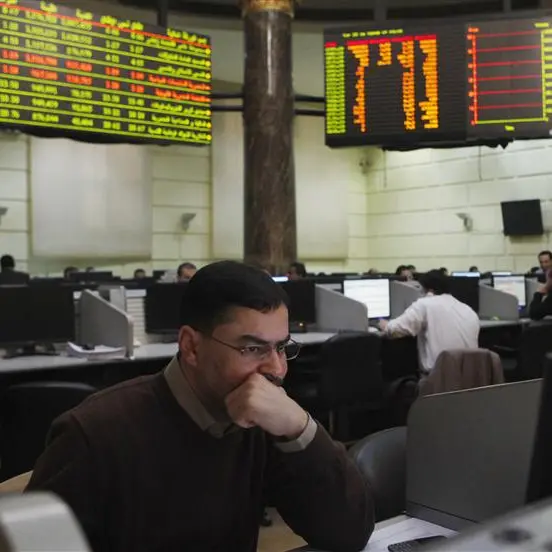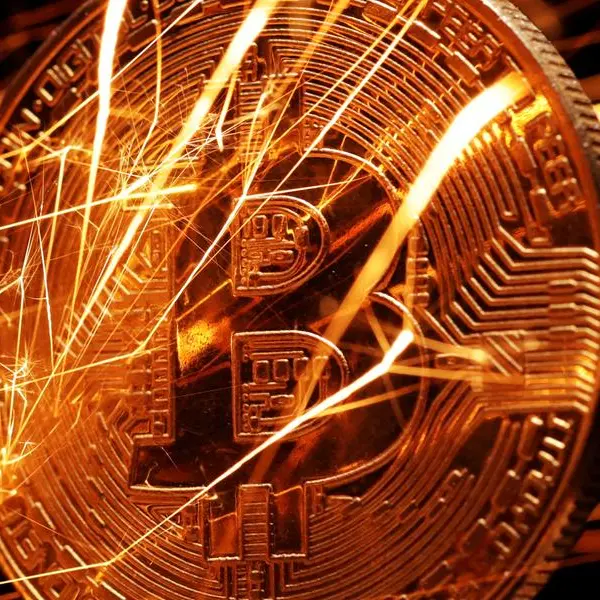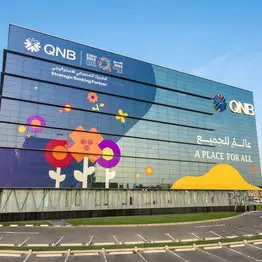Welcome to Zawya Markets. Each Sunday we will be featuring an interview with a different analyst or markets expert from around the region.
If you would like to participate please email gerard.aoun@refinitiv.com.
1) What is your view on the Islamic Banking sector in the region?
Islamic banks have been thriving in the Gulf in recent quarters. Al Rajhi, DIB, KFH, QIB have all shown healthy balance sheet growth and in most cases, even stronger net profit growth. Islamic banks have greater leverage to interest rate increases given a material proportion of deposits (current accounts) constitute free funding for these banks. Even if interest rates remain flat in 2019, margins will remain supported given complete repricing of their loan books takes several quarters.
2) Qatari banks’ stock prices rallied in 2018, how do you explain the slow start so far in 2019?
The Qatari benchmark index is up 1 percent so far this year which pales in comparison to Saudi and Kuwait, which are 15 percent-plus. In 2018, Qatar was the second-best performing market in the world, with a total return of 27 percent, fuelled by both passive and active foreign buying given increased weights of Qatari blue chips in FTSE and MSCI EM (emerging market) indices. This year, these same foreign investors have turned their attention to Kuwait and Saudi, which are benefitting from inclusion to these indices.
3) What is your view for bank’s Q1 earnings so far in Qatar?
Q1 has been a good quarter for Qatari banks. Balance sheets grew 5-6 percent, margins were steady and asset quality remained benign. All of this led to encouraging year-on-year profit growth.
4) What are the biggest risk factors both for MENA markets and global markets in the coming weeks?
Politics, and the inherent unpredictability of populist politics, has been a key issue for regional and global markets in the last few years. Brexit, Mr Trump’s trade disputes with China and Europe, the war in Yemen, the blockade of Qatar and the corruption crackdown in Saudi Arabia are just some of the events which investors have had to contend with.
For the region, the oil price represents both an upside and downside risk if it sustains a level outside of the $65-$75 trading range. Globally, given how late we are in the economic cycle, the risks that central bankers are not able to manage a soft landing are also increasing.
5) If you were to pick one regional stock that you think will outperform over the next six months, which one would it be?
GIS is a Qatari industrial conglomerate long unloved due to difficulties it has faced with all of its four businesses. In 2019, GIS cut its dividend to zero. The group’s largest businesses are an oil/gas driller and an insurance company. After several quarters of aggressive restructuring both these businesses seem to be past their worst with considerable potential for profit rebound.
6) If you were to pick one regional sector that you think will outperform over the next six months, which one would it be?
In general, banks are likely to be a good bet. Consolidation is a key driver in the UAE and partly so in Saudi and Kuwait. A gradual pick-up in government spending in the region would obviously help loan growth and fee income. Saudi, Kuwaiti and some UAE banks will likely benefit from index-related flows as well.
7) To which markets do you expect to increase/decrease your equity allocation in the near future (3 months)
We see promise in Kuwait. It remains relatively under-owned in the region and by global investors. While government spending remains relatively subdued at present, we see several companies with improving fundamentals where this is not reflected in valuations. As icing on the cake, if Kuwait gets the green light from MSCI this June to upgrade to its EM index, that would be a game changer for the market.
8) What is your view for oil prices?
While shale producers in the United States continue to do a fantastic job in steadily increasing output by continued enhancements in production per well, OPEC and Russia are working hard to manage production to offset this. As often with oil, the swing factor is politics, with U.S. sanctions on Venezuela and Iran having the potential to leave the commodity undersupplied.
9) What is your view for the U.S. dollar in 2019?
On balance, given the more dovish outlook of the Federal Reserve, we would expect the U.S. dollar to weaken during the year versus most emerging market currencies. However given the economic struggles of the Eurozone, the U.S. dollar is likely to fare better against the Euro.
(Editing by Gerard Aoun and Michael Fahy)
Any opinions expressed here are the author’s own.
© Opinion 2019





















